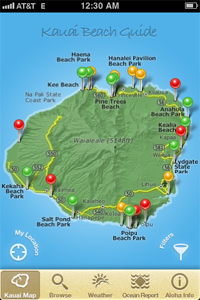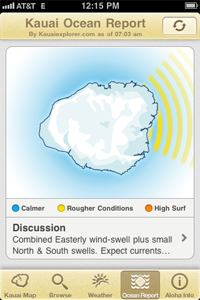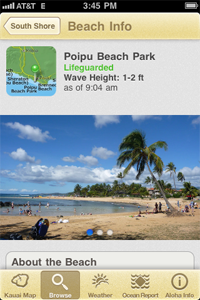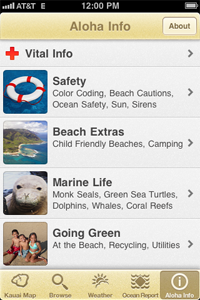POSSIBLE HURRICANE SUNDAY OR MONDAY – BE PREPARED
Recommendations For Disaster Preparedness Kit
When preparing a disaster preparedness kit, first plan for the essentials for survival. Think practical first, and think comfortable second. All essential needs should be able to fit in a 5 gallon bucket. Absolute necessities include food, water, and warmth.
Food
Foodstuffs should be high energy non-perishables and kept in sealed air-tight containers. Made-ready meals and canned goods are excellent choices for emergency food sources. It is safe to ration, the body can be maintained on half of your average caloric intake during an emergency. Provisions should include enough food supplies to last seven days for each family member.
Water
Water stored for drinking purposes should also be a supply sufficent to last seven days for each family member. Electrolyte-enhanced water and vitamins help to replace electrolytes and the fluids lost, in order to prevent dehydration and seizures. Consider having an equal amount of water handy on the side for sanitation purposes. Stored food and water should be cycled out every six months.
Warmth
The body can only subsist in a short range of temperatures. Keep warm in cold temperatures to prevent illness and hypothermia. Critical areas to keep dry and warm are the head, neck, chest, feet, and groin. Athletic clothing offers moderate environmental insulation without giving up the benefits of being easily attainable, affordable, lightweight, portable, and breathable. Mylar is an excellent lightweight and portable material that offers better thermal and environmental protection, but is not breathable and recommended for limited use only.
Other Needs
After considering your most basic needs, consider additional necessities to include in your emergency preparedness kit. When making additions to your family emergency kit, keep in mind that it should be easily transportable, accessible, and close to an exit of the building. Mobile emergency kits should be smaller, more personalized, and should be no bigger than a backpack or fanny pack. While you can never be too ready or too prepared, you do not want to over burden yourself when you need to be on the move. Consult with the checklists from the FEMA Ready.gov and American Red Cross websites.
Category : Blog

